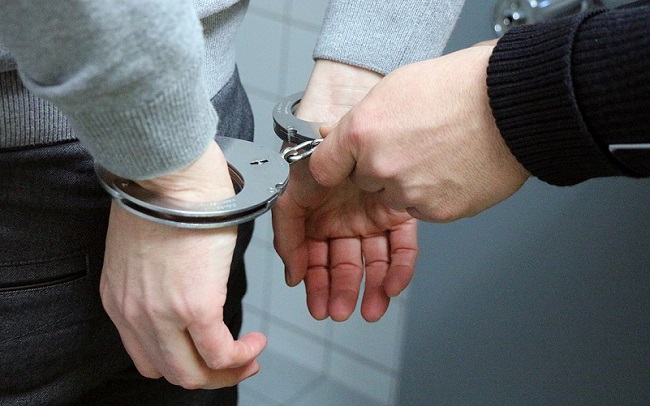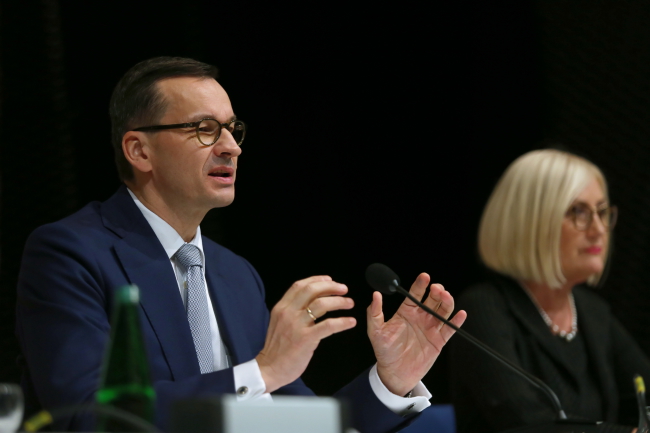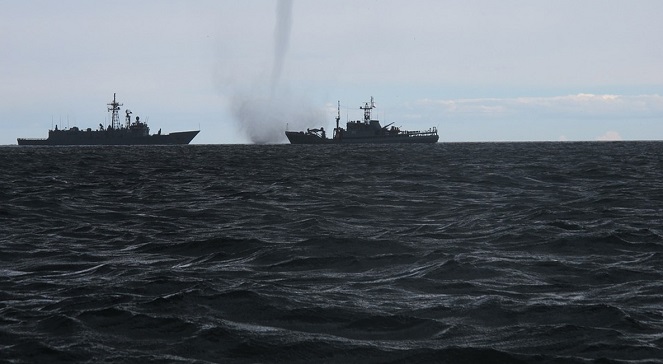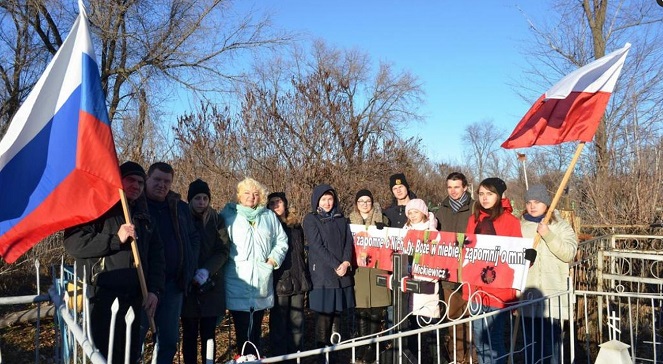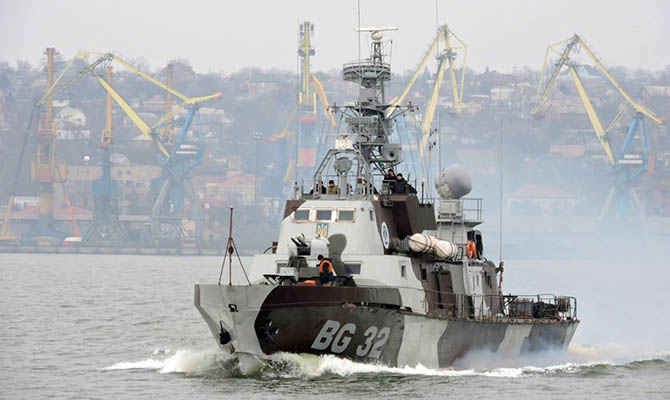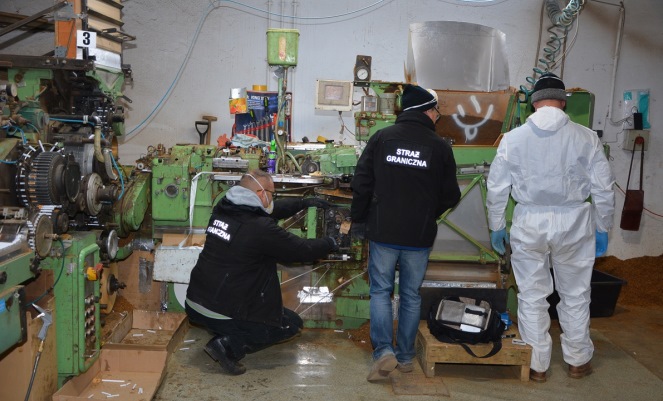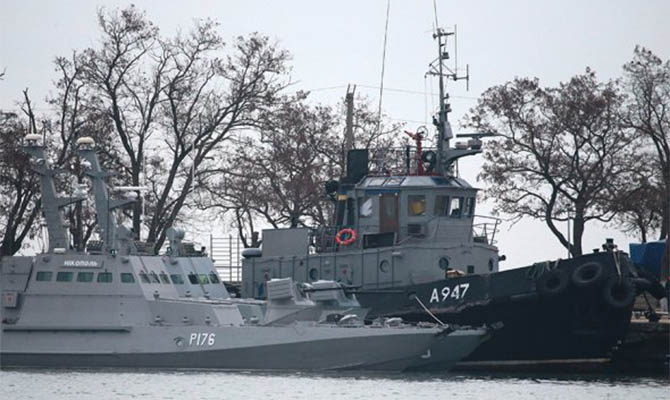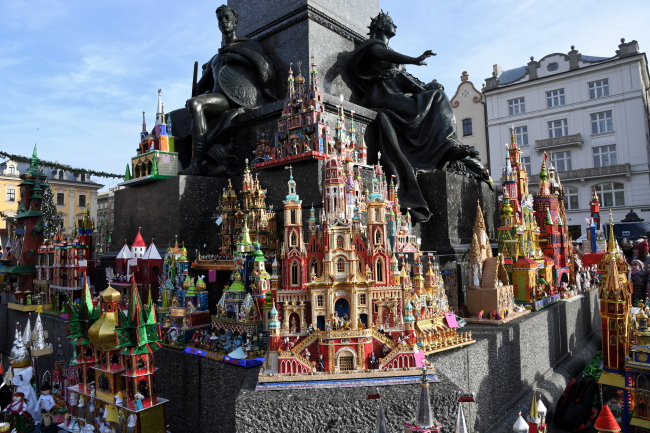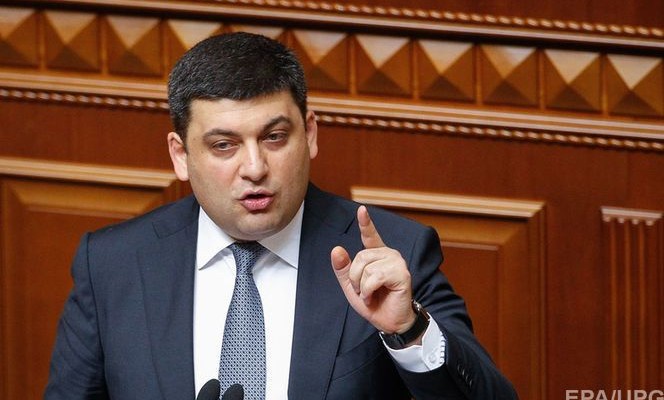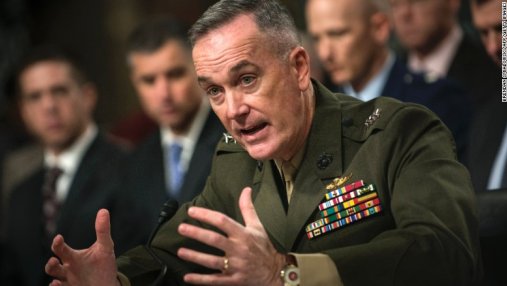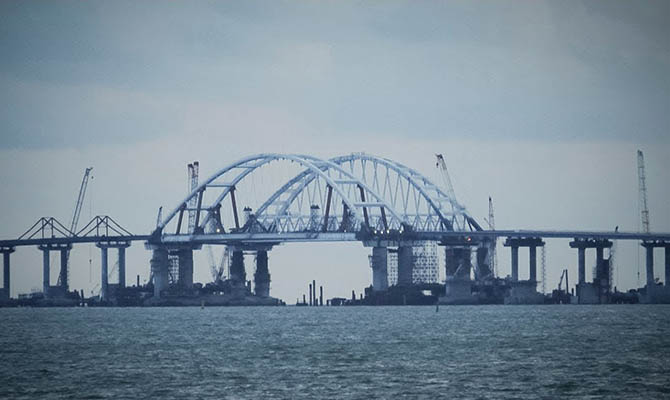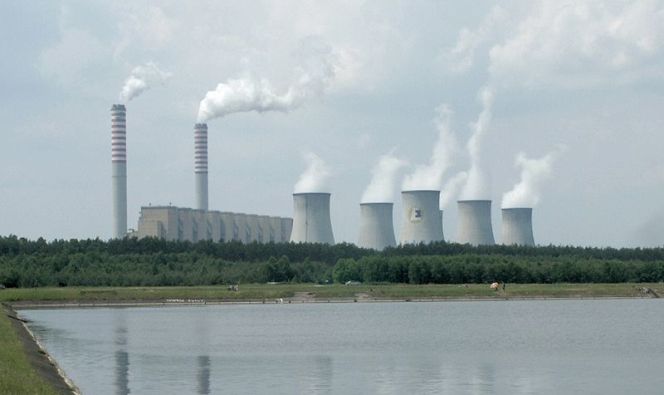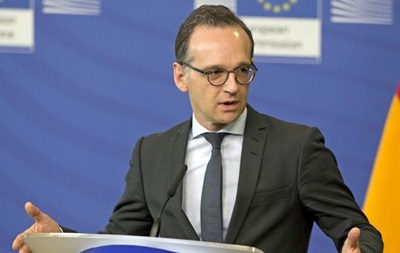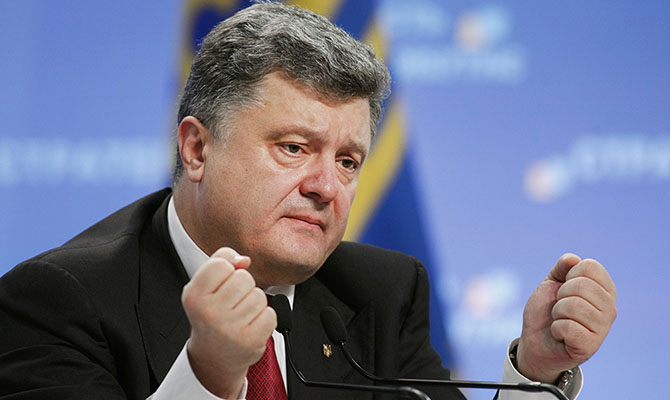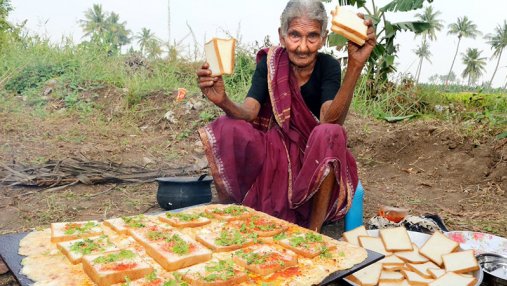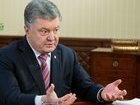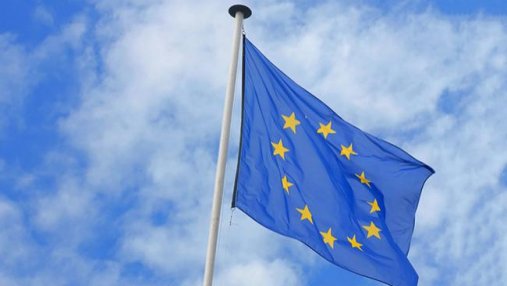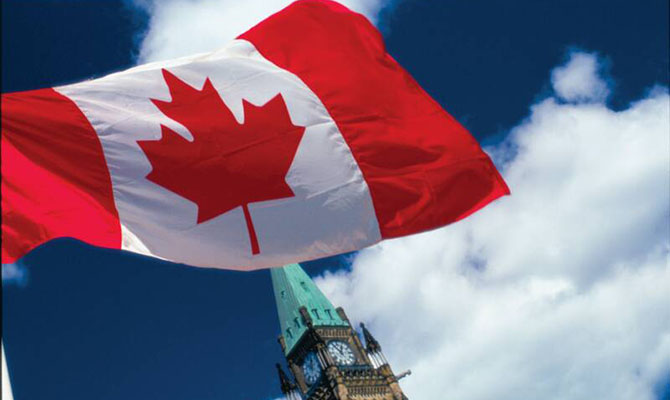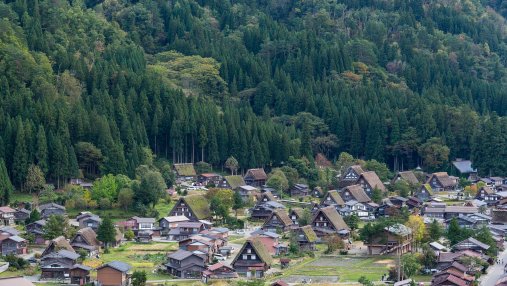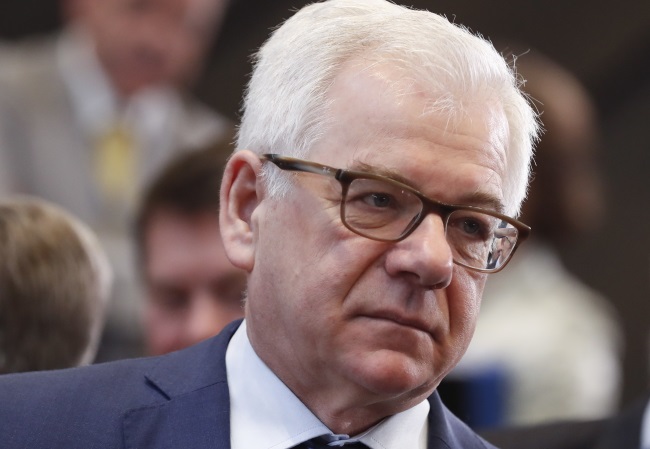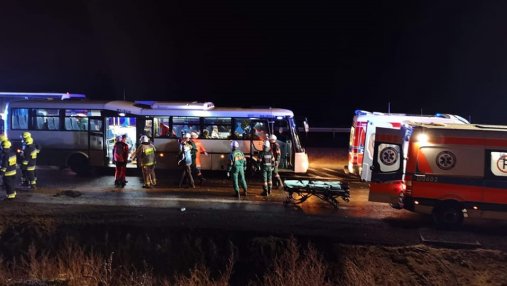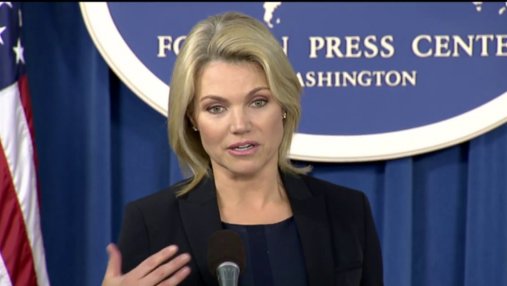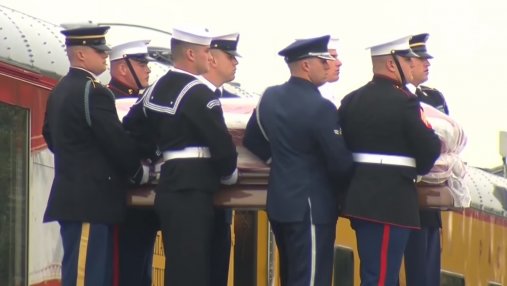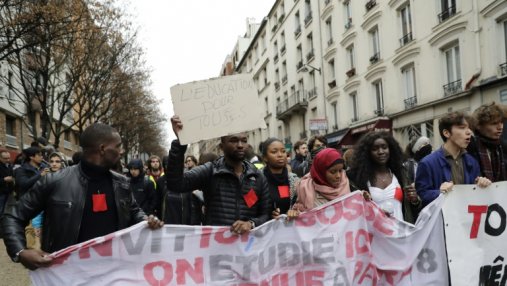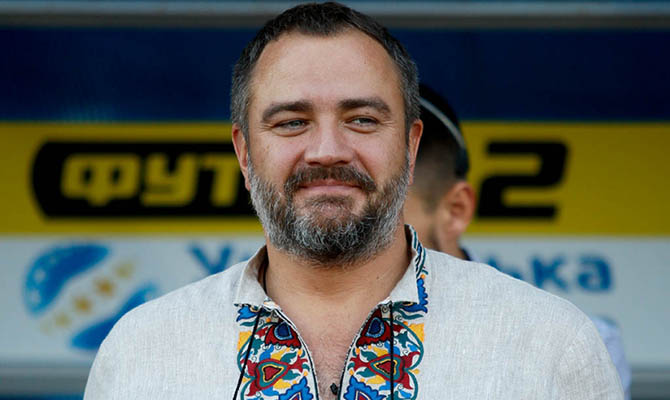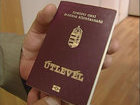Mass graves | Последние новости сегодня в мире
Mass graves
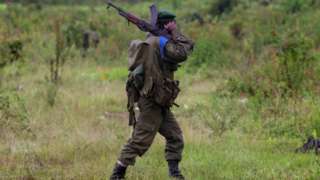
Up to 400 people have reportedly been killed in the central DR Congo provinces of Kasai - what is going on?
DR Congos security forces are battling many militia groups in different areas Ten mass graves have been found in the Democratic Republic of Congos central Kasai region, with limbs sticking out of the soil at some of the sites, the UN Human Rights Council (HRC) says.Government troops and a regional militia group have been fighting since last August, with reports that up to 400 people have been killed. At least 99 people, including 18 children, were killed between 1 January and 23 February this year, the UN body said after a visit to the area by a team of investigators. In one attack on 10 February, government troops killed at least 40 alleged militiamen and buried them in two mass graves that its investigators had seen, the UN body added in a report. The militia is also alleged to have committed atrocities, including killing about 30 people, among them children, following an incursion into the neighbouring Lomami region on 9 March. In another instance, the militia allegedly "decapitated two policemen and took away their heads", the UN report said. What is the fighting about?Followers of Kamwina Nsapu, a traditional chief whose real name was Jean-Pierre Pandi, wanted his chiefdom to be officially recognised by the authorities. There were communal clashes after Kamwina Nsapu called for a popular uprising in June 2016 with the aim of removing all state institutions and security forces from the region. He was killed two months later when the police raided his house. His followers vowed to avenge his killing. They also demanded the exhumation of the late leaders body, saying he had not been buried in accordance with traditional rites. The conflict has since escalated, tapping into long-held grievances over marginalisation in this opposition bastion blighted by poor infrastructure. The Kamwina Nsapu fighters - largely made up of child soldiers - have targeted state institutions, looting and burning local and national government offices. However, the UN has condemned the army for using disproportionate force against fighters equipped with traditional weapons such as machetes, homemade rifles or even just sticks. Why is it so serious?The violence has now spread to neighbouring provinces, forcing tens of thousands of people to flee their homes. It is a new layer of instability in a country mired in a political crisis sparked by President Joseph Kabilas refusal to step down when his constitutional mandate expired in December. An agreement was found between the opposition and the presidential coalition on New Years Eve which were supposed to lead to new elections.But talks, under the mediation of the Catholic Church, over its implementation have since stalled. Image copyright AFP Image caption The Catholic Church is the biggest religious group in DR Congo In the meantime, a graphic seven-minute video circulated in February that appeared to show soldiers shooting civilians, including women and children, dead. They were assumed to be supporters of the Kamwina Nsapu militia. On 12 March, two UN officials - from the US and Sweden - went missing in an apparent abduction. They were investigating the alleged killing of more than 100 members and supporters of the militia by security forces in February. It is not yet clear who kidnapped them and there are growing concerns over their fate. What is being done?Seven soldiers have been arrested in connection with the video and charged with war crimes. But more videos of alleged extrajudicial killings have emerged and a number of mass graves have also been discovered. The UN says that security forces have prevented its teams from accessing the sites. The authorities have pledged to investigate all allegations. Image copyright AP Image caption Mr Kabila came to power in 2001 after the assassination of his father and then-President Laurent Kabila Deputy Prime Minister Ramazani Shadari held talks with the family of the late traditional leader and the two sides reportedly agreed to exhume the body of Kamwina Nsapu to allow a proper burial and the installation of a new chief. A week later, about 60 militiamen surrendered to the provincial authorities. But clashes broke out near the airport in Kananga the day after and the situation remains volatile. Kasai is also a stronghold of DR Congos main opposition party, the United Peoples Democratic Solidarity (UDPS). There are fears that the unrest in Kasai could take on a more political aspect.Why havent we heard more about the violence?The attention last year was very much focused on the political impasse that reached its climax in December when President Kabila refused to step down at the end of his second term. Image copyright AFP Image caption Anti-government protests in the capital have received extensive media coverage Planned elections had not been held, which sparked civil unrest in the capital Kinshasa.The security forces crushed all demonstrations. At the time, only a few media reported the on-going clashes in the Kasai province but the scale of the violence only emerged recently as videos started to circulate on social media. Related Topics Joseph Kabila Democratic Republic of Congo
- 2017-03-25 12:01:26
Порошенко вновь призвал Россию без каких-либо условий освободить украинских военных моряков

- 2018-12-07 13:30:26
В РАЗУМНОЙ СИЛЕ заявили, что украинская власть и криминал – одно неделимое целое (ВИДЕО)
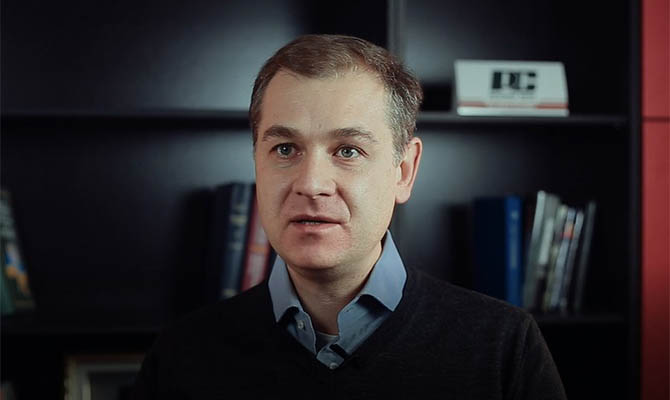
- 2018-12-07 13:30:26
Не накачивайте регион оружием: Беларусь предостерегла Европу перед новой эскалацией
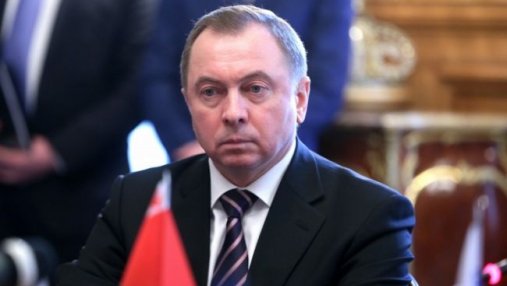
- 2018-12-07 13:30:23
Никаких наблюдений, никаких посредников, - Лавров о предложении Германии расширить мандат ОБСЕ на Азовское море
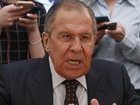
- 2018-12-07 13:30:21
Не накачуйте регіон зброєю: Білорусь застерегла Європу перед новою ескалацією Країни ОБСЄ повинні зупинити накачування регіону летальним зброєю, щоб не провокувати ескалацію конфліктів в Європі. У Білорусі вважають, що організації не вдається вирішув

- 2018-12-07 13:01:35
США готовят ответ Путину из-за агрессии на Азове: в России напуганы кораблями НАТО
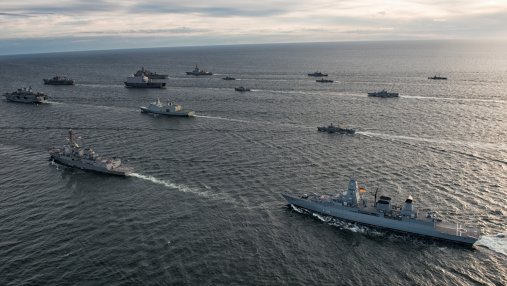
- 2018-12-07 13:00:18
США готують відповідь Путіну через агресію на Азові: у Росії налякані кораблями НАТО Голова обєднаного комітету начальників штабів США Джозеф Данфорд попередив Росію про можливість військової відповіді на агресію у Керченській протоці. Така заява роз

- 2018-12-07 12:31:47
Слідчі ДБР перевірять правомірність застосування поліцейським зброї проти відвідувача супермаркету в Харкові, який поранив його ножем

- 2018-12-07 12:01:25
Ракетний конфлікт між США та РФ: Вашингтон погрожує скасуванням ще одного договору Якщо Договір про ліквідацію ракет середньої і меншої дальності між Росією та Сполученими Штатами перестане діяти, то Вашингтон може переглянути ще одну угоду. У такому

- 2018-12-07 12:01:25
Протести у Франції: через жовтих жилетів закриють Ейфелеву вежу і Лувр Через протести, що можуть відбутися в суботу, 8 грудня, паризька влада оголосила про закриття місцевих історичних памяток та музеїв – зокрема Ейфелевої вежі і Лувру.

- 2018-12-07 11:31:33
Померла одна з найстаріших відеоблогерок у світі У південній Індії померла одна з найстаріших відеоблогерок 107-річна Мастанамма. Жінка вела свій кулінарний канал на YouTube.

- 2018-12-07 11:01:41
Более 140 судов ожидают прохода через Керченский пролив, РФ продолжает создавать препятствия для кораблей

- 2018-12-07 11:00:26
Германия предложила расширить миссию ОБСЕ на Азов
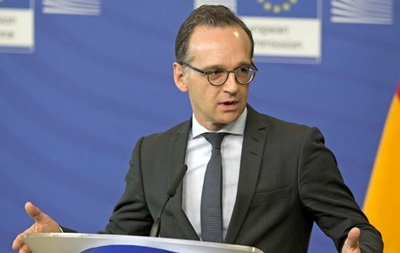
Это предложение должны обсудить на следующей неделе во время встречи представителей Украины и РФ при посредничестве Франции и Германии.
- 2018-12-07 11:00:02
Завершення війни на сході України є пріоритетом для ОБСЄ, - постпред Франції Роже-Лакан

- 2018-12-07 10:31:11
Европа стоит перед угрозами суверенитету и демократии из-за агрессии РФ, - МИД Великобритании

- 2018-12-07 10:30:20
Закон про припинення дії договору про дружбу з РФ направлено на підпис Порошенку

- 2018-12-07 10:01:16
Раненые украинские моряки не жалуются на условия в Матросской тишине, - Москалькова
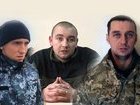
- 2018-12-07 10:00:20
Дозволили вбивати росіян мовчки: РосЗМІ відреагували на ухвалення Радою закону Про прилеглу зону України

- 2018-12-07 09:31:42
Завершение войны на востоке Украины является приоритетом для ОБСЕ, - постпред Франции Роже-Лакан
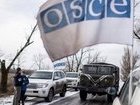
- 2018-12-07 09:30:24
У ЄС затвердили декларацію щодо боротьби з антисемітизмом Країни-члени Європейського Союзу планують активізувати боротьбу з антисемітизмом, тобто національної та релігійної нетолерантності щодо євреїв. Також домовилися посилити безпеку, щоб краще зах

- 2018-12-07 09:01:16
Разрешили убивать россиян молча: РосСМИ отреагировали на принятие Радой закона О прилегающей зоне Украины
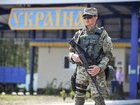
- 2018-12-07 09:00:24
МЗС Канади виділить 24 мільйони доларів на покращення урядування в Україні Канада планує виділити до 24 мільйонів доларів для України. Ці кошти підуть на організацію моніторингу за виборами 2019 року, досягнення гендерної рівності та покращення уряду

- 2018-12-07 08:31:57
Who really influences the price of oil?

Does Opec still control the price of oil in todays global market?
- 2018-12-07 08:31:42
Mexico 1971: When womens football hit the big time

With the 2019 Womens World Cup draw on Saturday, we look back at the groundbreaking unofficial 1971 event in Mexico.
- 2018-12-07 08:31:38
The blind woman developing tech for the good of others

Chieko Asakawa, blind since 14, develops groundbreaking technology for the visually impaired.
- 2018-12-07 08:31:34
The Iranian trailblazer who removed her headscarf

Shaparak Shajarizadeh is in exile after breaking Iranian law by removing her hijab.
- 2018-12-07 08:31:10
MSF vessel Aquarius ends rescue operations in the Mediterranean

The charity blames its decision on sustained attacks on rescue efforts by European nations.
- 2018-12-07 08:30:45
За минулу добу бойовики 6 разів відкривали вогонь по позиціях ЗС України, один військовослужбовець отримав поранення

- 2018-12-07 07:31:35
За минувшие сутки боевики 6 раз открывали огонь по позициям ВСУ, один военнослужащий получил ранения

- 2018-12-07 07:30:23
Адвокат Ассанжа закликав Еквадор продовжувати забезпечувати йому притулок Баррі Поллак наголосив, що Еквадор має продовжувати надавати притулок засновнику організації WikiLeaks Джуліану Ассанжу, який з 2012 року перебуває на території посольства цієї

- 2018-12-07 06:01:29
Жахлива ДТП у Польщі: одна людина загинула, ще 19 поранено Внаслідок масштабної аварії пасажирського автобуса у Польщі загинула одна людина, ще 19 отримали поранення різного ступеня важкості.

- 2018-12-07 05:01:06
Прокуратура квалифицировала гибель военнослужащего на передовой как террористический акт

- 2018-12-07 05:00:24
Трамп вирішив призначити Нойерт новим представником США при ООН, – ЗМІ Президент США Дональд Трамп вирішив призначити новим постпредом при ООН офіційного представника держдепартаменту Хізер Нойерт.

- 2018-12-07 04:01:12
Джорджа Буша-старшого поховали у Техасі Екс-президента США Джорджа Буша-старшого, який помер 30 листопада, поховали у четвер увечері в Техасі.

- 2018-12-07 03:01:26
Боевики попытались спровоцировать украинских военных на КПВВ, пропустив в нерабочее время пункта почти 20 автомобилей

- 2018-12-07 03:00:21
У Франції правоохоронці затримали понад 700 школярів та студентів Поліція затримала понад 700 школярів і студентів у Франції за участь у заворушеннях. Молодь заблокувала понад двісті шкіл, ще у більше ніж сотні закладів зірвали заняття.

- 2018-12-07 02:01:02
Военные России в Атлантике: в Пентагоне встревожены мощной угрозой со стороны Кремля
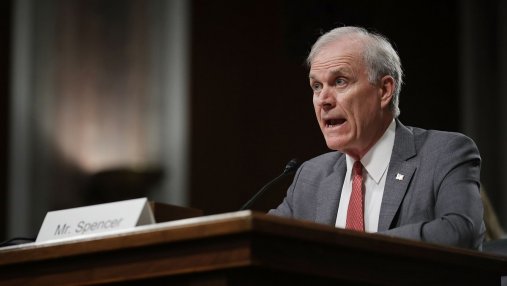
- 2018-12-07 00:30:20
Військові Росії в Атлантиці: у Пентагоні стривожені потужною загрозою з боку Кремля Дії російського військово-морського флоту в північній частині Атлантичного океану становлять велику загрозу Вашингтону. Саме для можливої протидії США створили другий

- 2018-12-07 00:01:33
Глава МЗС Німеччини Маас запропонував поширити дію моніторингової місії ОБСЄ на Азовське море

- 2018-12-07 00:01:26
РФ втручалась у вибори США: Трамп відзначився заявою щодо полювання на відьом і свого рейтингу Президент США Дональд Трамп переконаний, що рейтинги його підтримки є штучно заниженими через тривале російське розслідування спецпрокурора Роберта Мюллера

- 2018-12-06 23:31:15
Лукашенко посварився з Путіним на відкритті засідання ЄАЕС, звинувативши Росію в завищенні ціни на газ. ВIДЕО

- 2018-12-06 23:31:08
РФ вмешивалась в выборы в США: Трамп отметился заявлением по охоте на ведьм и своему рейтингу
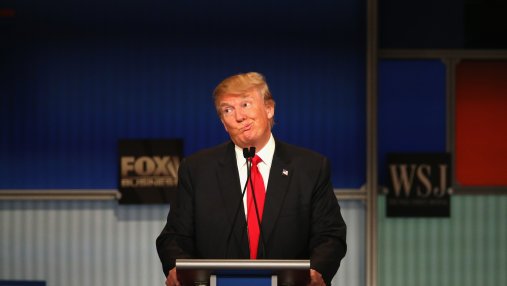
- 2018-12-06 23:30:23
Росія втратила право говорити, що не є стороною конфлікту в Україні, - МЗС Польщі

- 2018-12-06 23:01:27
Суд в Крыму около пяти часов рассматривал дело адвоката Курбединова, продолжит заседание в пятницу

- 2018-12-06 23:00:24
Лукашенко поругался с Путиным на открытии заседания ЕАЭС, обвинив Россию в завышении цены на газ. ВИДЕО
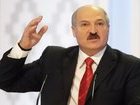
- 2018-12-06 23:00:18
Россия потеряла право говорить, что не является стороной конфликта в Украине, - МИД Польши
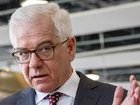
- 2018-12-06 22:30:16
Мы все равно будем контролировать: США озвучили России требования по ракетному договору
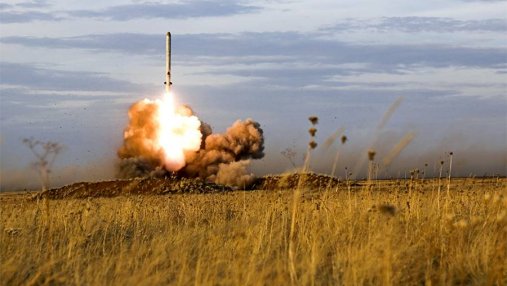
- 2018-12-06 22:00:20
Ми все одно будемо контролювати: США озвучили Росії вимоги щодо ракетного договору Рішення Сполучених Штатів вийти з Договору про ліквідацію ракет середньої і меншої дальності не означає, що Вашингтон відмовляється від контролю над озброєннями. При ц

- 2018-12-06 21:31:40
